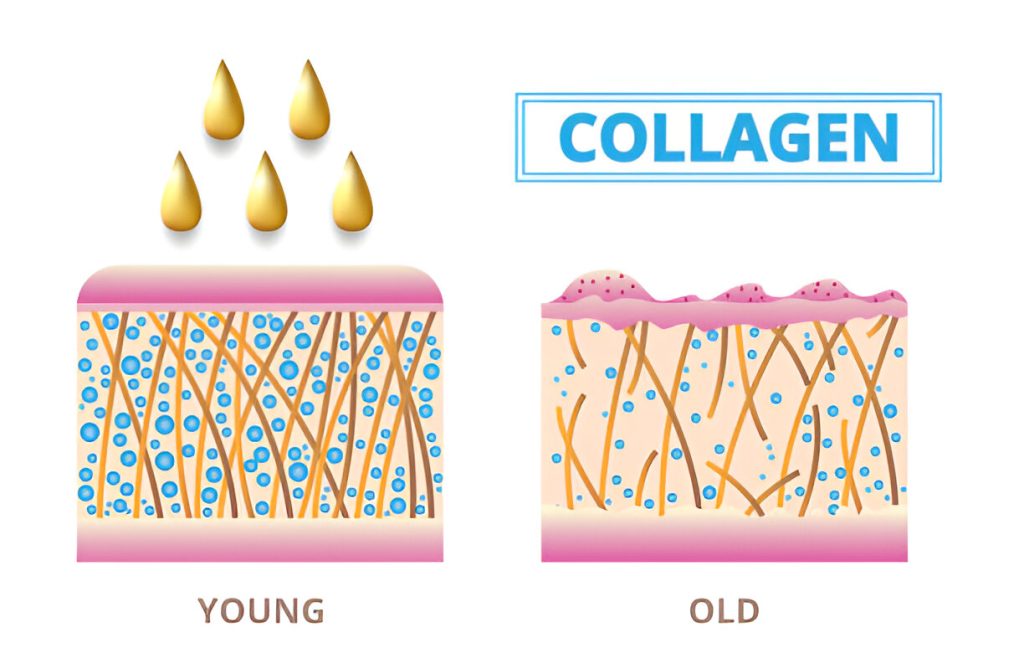As we get older, our skin just doesn’t hold up the way it used to. Collagen, that trusty protein, starts to disappear, and suddenly wrinkles and sagging seem to show up overnight. Honestly, it’s a little unfair.
Collagen-boosting treatments aim to kickstart your body’s own collagen production, helping skin stay firmer for longer. You’ll find options like microneedling, laser therapy, and some topical products that use peptides or retinoids to get the job done.
If you stick with these collagen-boosting treatments, you’ll likely notice your skin aging a bit more slowly. You won’t see changes right away—new collagen takes time to form—but improvements usually look more natural than those from quick-fix cosmetic procedures.
How Collagen-Boosting Treatments Help Skin Stay Firm Over Time
These treatments go deeper than the surface, working at the structural level of the skin. Instead of just smoothing things out on top, they actually encourage your body to rebuild what’s missing.
The Role of Collagen in Skin Firmness
Collagen is everywhere in our skin—seriously, it’s about 75-80% of what keeps your skin structure together. Think of it like scaffolding that keeps everything bouncy and firm.
Once you hit your twenties, your body starts making about 1% less collagen each year. For women, menopause can make that drop even steeper—a pretty dramatic 30% loss in just five years. And if you’re out in the sun a lot, or deal with pollution, or smoke, that’s just more damage to your collagen. All of this adds up to sagging, fine lines, and wrinkles that seem to creep up out of nowhere.
When collagen stays plentiful, your skin looks plumper and more youthful. It’s what lets your face bounce back after a big laugh or a frown.
Mechanisms of Collagen Stimulation
Collagen-boosting treatments work by creating tiny, controlled injuries in your skin. Sounds a bit counterintuitive, but those micro-injuries wake up your skin’s repair system, which then starts making fresh collagen.
This repair process, called neocollagenesis, gets fibroblast cells to produce new collagen fibers to patch things up. Most treatments use heat, needling, or chemical triggers to get this response going. How deep or intense the treatment goes can affect how much collagen your skin makes.
The most effective treatments reach the dermis, where collagen actually forms—not just the surface.
Types of Collagen-Boosting Treatments
You’ve got a bunch of options. Non-invasive treatments like radiofrequency devices (Thermage, Venus Freeze), ultrasound therapy (Ultherapy), LED light therapy, and certain types of laser treatments all help stimulate collagen. If you’re okay with a little more intensity, there’s microneedling (sometimes with added radiofrequency), thread lifts, and even some dermal fillers like Sculptra that encourage collagen growth.
Topical treatments—think retinoids, peptide serums, vitamin C—can gently nudge your skin cells to make more collagen, though the results are usually subtler than what you’d get from a clinic. Professional chemical peels also help by removing damaged skin layers and prompting your skin to repair itself, which includes making new collagen.
Advanced Ultherapy Services for Natural Skin Lifting
Ultherapy in Singapore has become a popular non-surgical treatment for skin tightening, using focused ultrasound energy to target deep tissue layers and stimulate collagen production. Many people prefer it because there’s little to no downtime, making it easy to fit into a busy lifestyle in a fast-paced city. Prices typically range from SGD 2,500 to 4,000 depending on the treatment area, with most clinics recommending yearly sessions to maintain results.
Patients usually notice gradual improvements over a few months, and the treatment is backed by the Singapore Society of Aesthetic Medicine as a proven collagen-stimulating option. With its precision and ability to suit different skin types, Ultherapy is considered a reliable choice for those seeking firmer, youthful-looking skin.
Long-Term Benefits for Skin Elasticity
Collagen-boosting treatments really add up when you stick with them. Studies suggest that the extra collagen can hang around for a year or two after you’ve had professional treatments—sometimes even longer if you’re lucky.
People usually keep seeing their skin improve for months after a session. It’s kind of wild, but your body keeps making new collagen the whole time. Turns out, mixing things up works best. If you use collagen-stimulating creams or serums between your professional visits, you’ll probably notice even better results.
Over time, you might notice:
Your skin feels thicker, and there’s a bit more bounce to it. Gravity doesn’t seem quite so harsh, and those fine lines? They’re less obvious. Some folks even see sharper contours in their face, which is always a nice bonus.
Keeping up with maintenance treatments helps you hold onto these changes, so your skin doesn’t slide back to where it started. Most dermatologists suggest a touch-up every 6 to 18 months, but honestly, it depends on what you’re doing and how your skin ages. There’s no one-size-fits-all answer here.

